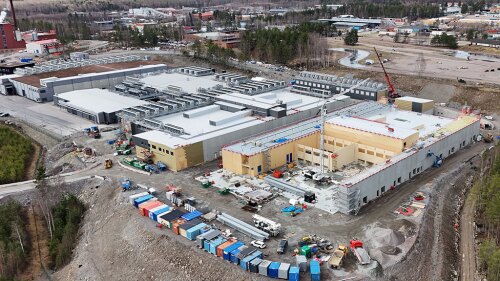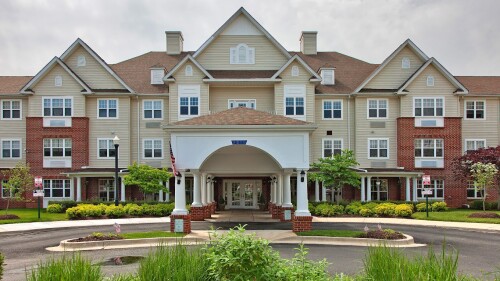Green building programs are increasingly accessible for multifamily projects. After long being presented with programs geared exclusively toward commercial development or single-family houses, today firms interested in green building have access to many programs offering comprehensive, multifamily-specific guidance. Two such firms are industry powerhouses Sares-Regis Group (SRG) and KB Home, which not only preach green, but also require their institutions to live green.
The National Green Building Standard, established in 2007 by the National Association of Home Builders and the International Code Council, is the only code-based green building program for all residential construction. This year, the program reached a milestone when it surpassed 2,000 project certifications nationwide, including 21 multifamily certifications totaling more than 1,200 apartments, and an additional 67 multifamily properties are in the certification pipeline. Moreover, the U.S. Green Building Council (USGBC) late last year released its Leadership in Energy and Environmental Design (LEED) for Homes Multifamily Midrise Guidance, which provides specific direction for multifamily buildings four to six stories tall.
Coupled with numerous advances in other green programs, these initiatives make multifamily efficiency and broader environmental performance goals more attainable than ever.
“We’re certainly pleased that a focus on green practices is becoming an imperative for responsible companies, but sustainable development and management has been a focus with us before it became a corporate buzzword,” says John S. Hagestad, managing director of Sares-Regis Group. “SRG has sequestered more than 1 million tons of carbon dioxide gas since 2002, largely in the commercial projects the firm has built and managed. In the last few years, we have also become one of the leading developers of green apartments in the western United States.”
Hagestad said the company expanded its focus several years ago by establishing an SRG Corporate Green Committee made up of employees from each of its divisions. Under the committee’s leadership, SRG is now recycling 70 percent of its waste and has slashed its water use by more than 30 percent.
“Our position is firm: if we know that our actions today are having some influence on what is happening around us, it is irresponsible not to avail ourselves of those measures to make a cleaner, safer, and more livable environment,” he says.
The Crossing in Anaheim, California, a new 312-unit, transit-oriented luxury apartment community developed by SRG, recently earned LEED Gold certification—the first time the rating has been awarded to an Orange County apartment community developed by a private company.
“The Crossing represents our commitment to develop sustainable multifamily communities,” says Mike Winter, senior vice president of multifamily development for SRG. “Offering both a healthier environment for residents and more cost-effective energy use, the Crossing’s green approach has been very positively received.”
KB Home has also made it clear that green building is standard practice as more and more homebuilders take steps to meet consumer demand for green homes by implementing building techniques that conserve land, energy, and resources.
“Our sustainability principles and priorities are a driving force in many areas of our business—from the homes we build to the way we operate on a daily basis,” says Jeff Mezger, president and CEO of KB Home. “Above all, we have found that often what is good for the environment is also good for our customers and our company.”
One of KB Home’s most recent developments is the 52-unit Primera Terra in Playa Vista condominium project in Playa Vista, California, which includes products to improve air quality and energy and water efficiency. The condos, which are certified LEED Platinum, have floor plans that range from 965 to 1,504 square feet (90 to 140 sq m), as well as tankless water heaters, high-efficiency windows, WaterSense-certified toilets, and energy monitoring systems.




